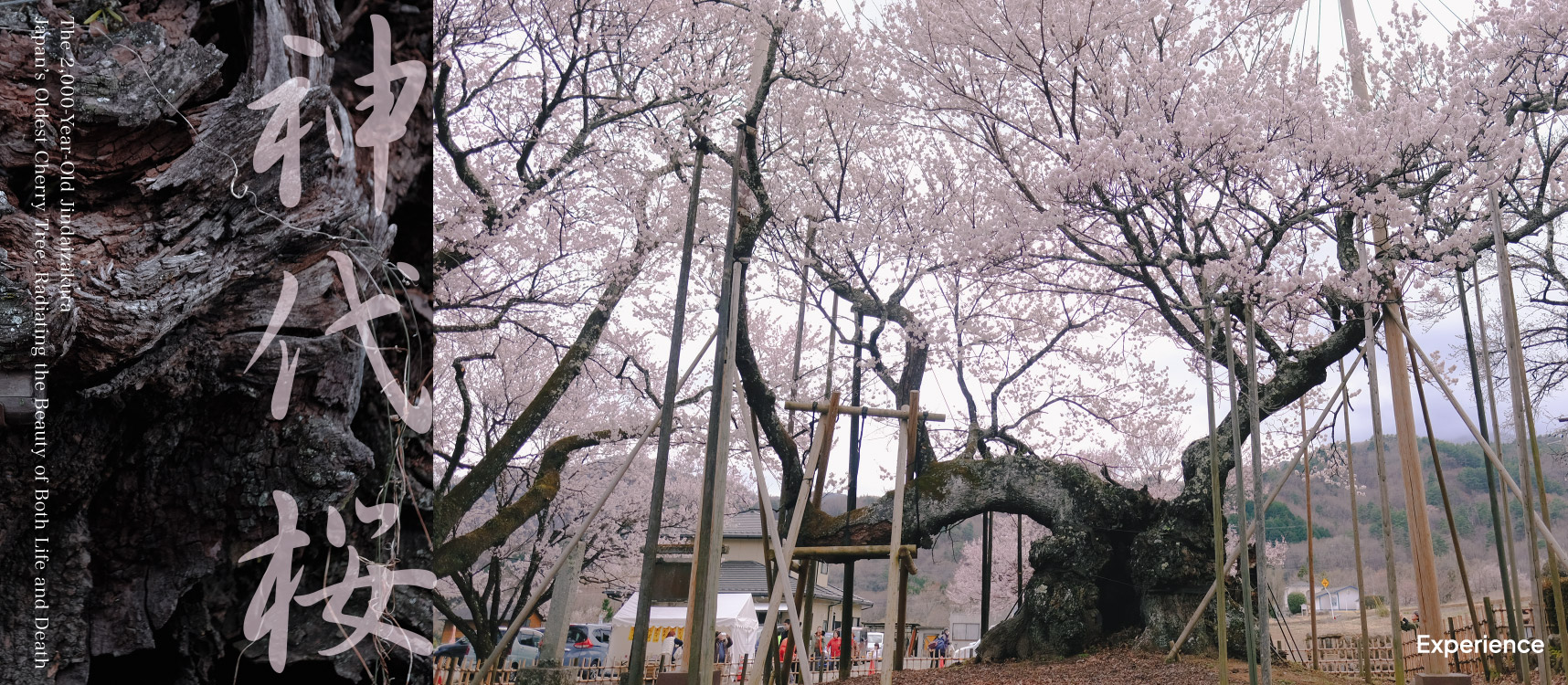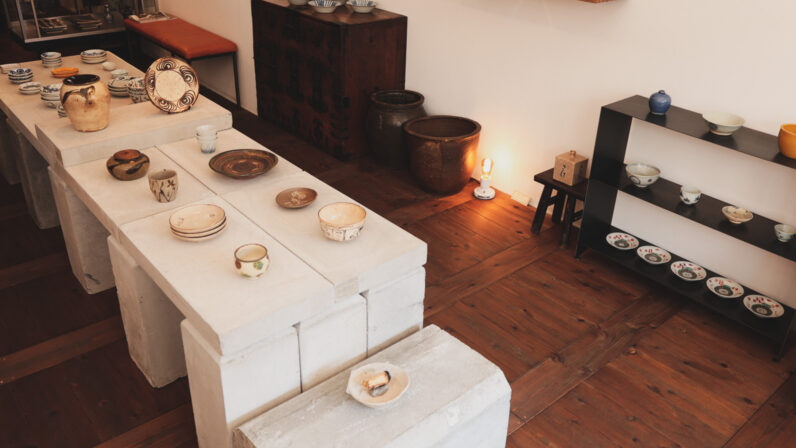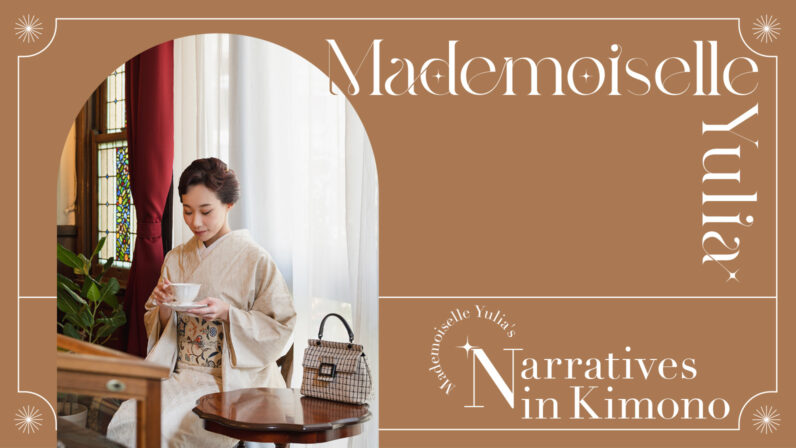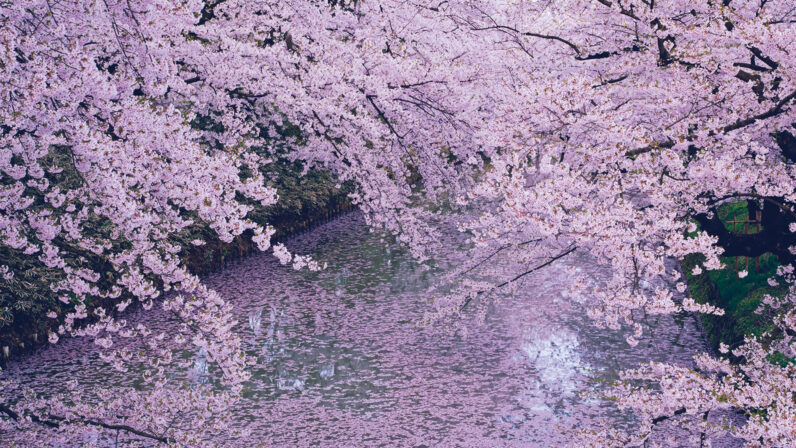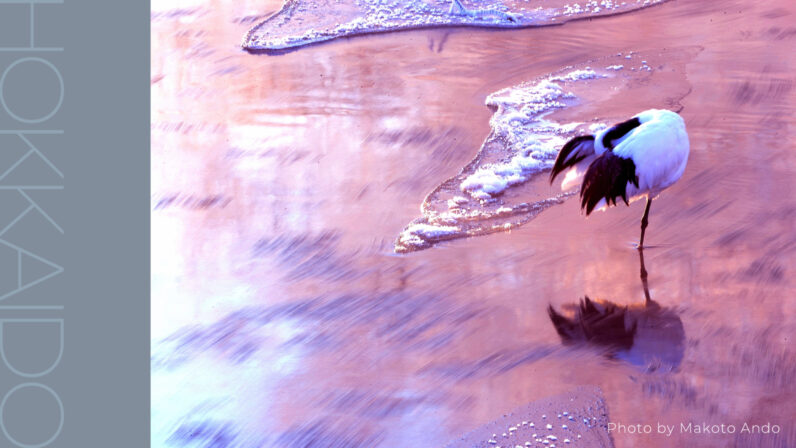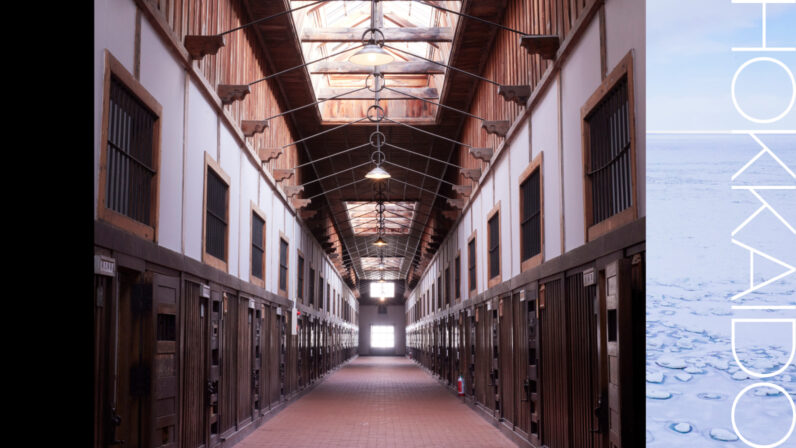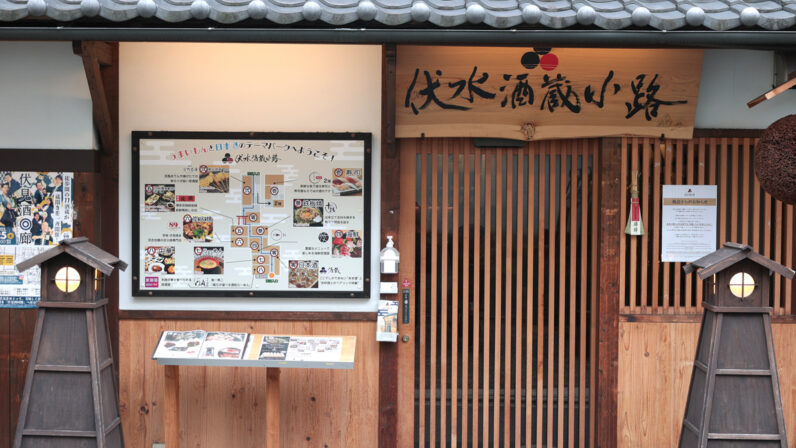I visited Jissou-ji Temple in Yamanashi to see the Yamataka Jindaizakura, one of Japan’s three great cherry trees. With its rich history and mythical tales, it’s a truly breathtaking sight that’s sure to leave you in awe.
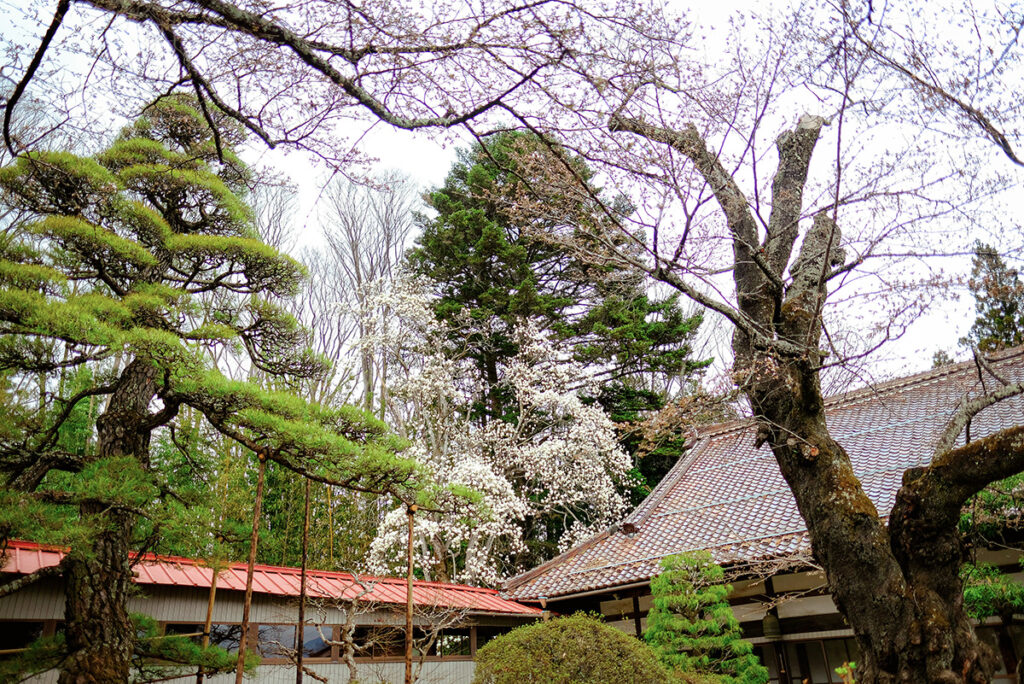
It was just as the air began to feel a little like spring when I first learned, somewhat late, that Japan has what are called its three great cherry trees. They are the Miharu Takizakura in Fukushima, the Neodani Usuzumi Zakura in Gifu, and the Yamataka Jindaizakura in Yamanashi.
All three are designated Natural Monuments, recognized for their immense size and age. Of them, the Jindaizakura is believed to be the oldest cherry tree in Japan, estimated to be around 2,000 years old.
The idea of a tree that had lived for two millennia was something I couldn’t ignore. I wanted to see it in person, not just through a screen. The fact that I was willing to set aside work and travel all the way from Tokyo on a weekday just to admire a cherry tree made me realize that, in my own way, I’m getting older too. And so, I made my way to Yamanashi.
Best Accessed by Car
The Jindaizakura is located on the grounds of Jissou-ji, a Nichiren Buddhist sect temple. I set out without much of a plan, and when I arrived at JR Chuo Line’s Hinoharu Station, I found myself stuck. According to the map, it was 4.6 kilometers to the temple, but the mountain road was far too difficult to walk. Luckily, a couple I met there offered to share their taxi with me.
If you’re driving, it’s about a 15-minute drive from the Suwa IC on the Chuo Expressway. During cherry blossom season, taxis can be hard to come by due to the crowds, so if possible, it’s best to arrange your own car.
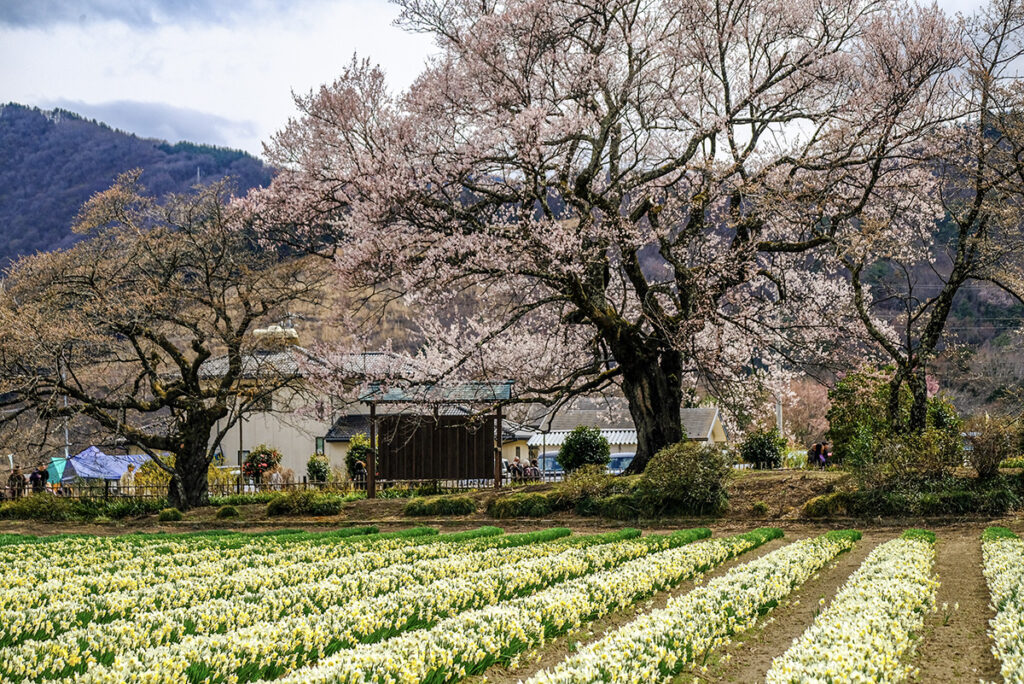
It was an unusually cold day for late March, with rain falling on and off. I’d heard the Jindaizakura was nearly in full bloom and had left home in a rush, but on the way, I started to worry I’d mistimed it. When I mentioned that to the taxi driver, he reassured me, saying, “Actually, this is perfect. If it gets cold after the blossoms open, the flowers don’t fall. And the cherry trees at Jissou-ji bloom a little earlier than the others nearby, so they stand out even more.”
Sure enough, a pale glow shimmered on one part of the hillside. As soon as the blossoms came into view, all three of us in the car let out a collective “Wow,” caught in the moment.
A Stunning Welcome from the Weeping Cherry Trees
I arrived at Jissou-ji, where the drooping branches of a weeping cherry tree (shidare-zakura) came into view just beyond the gate. The temple grounds are home not only to the ancient Jindaizakura but also to several saplings grown from other famous trees. One of them, a descendant of the Minobusan weeping cherry, is especially impressive, with blossoms so full they look ready to spill over the fence.
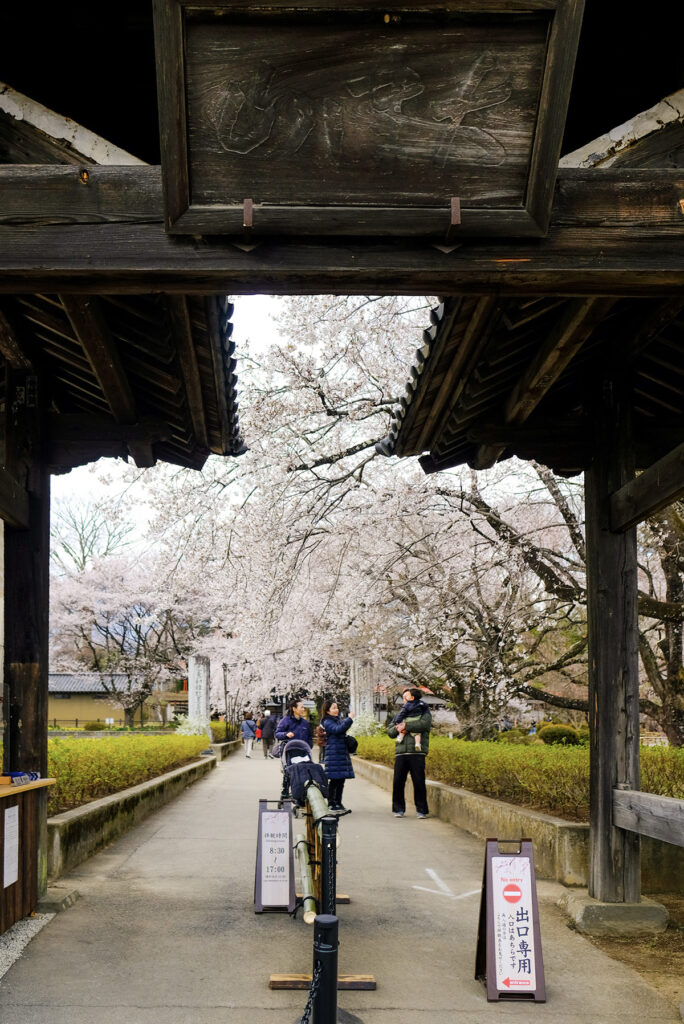
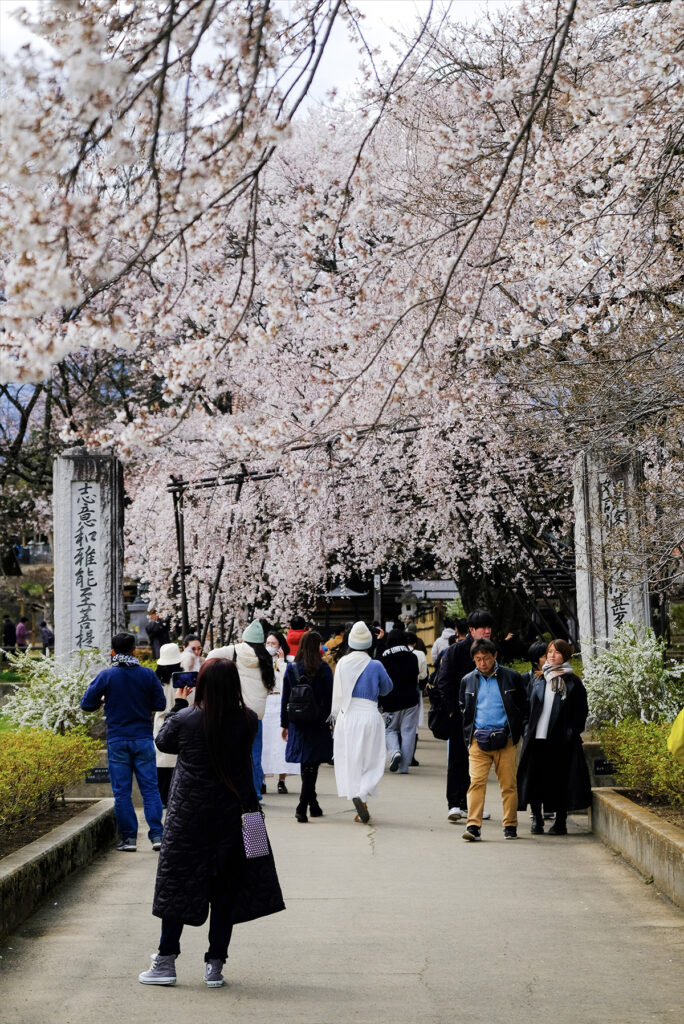
It wasn’t too early after all. Though the sky was cloudy, the cherry blossoms seemed to melt into the soft, white sky, blurring their outlines in a beautiful way. The contrast against the dark, rich branches was striking, too.
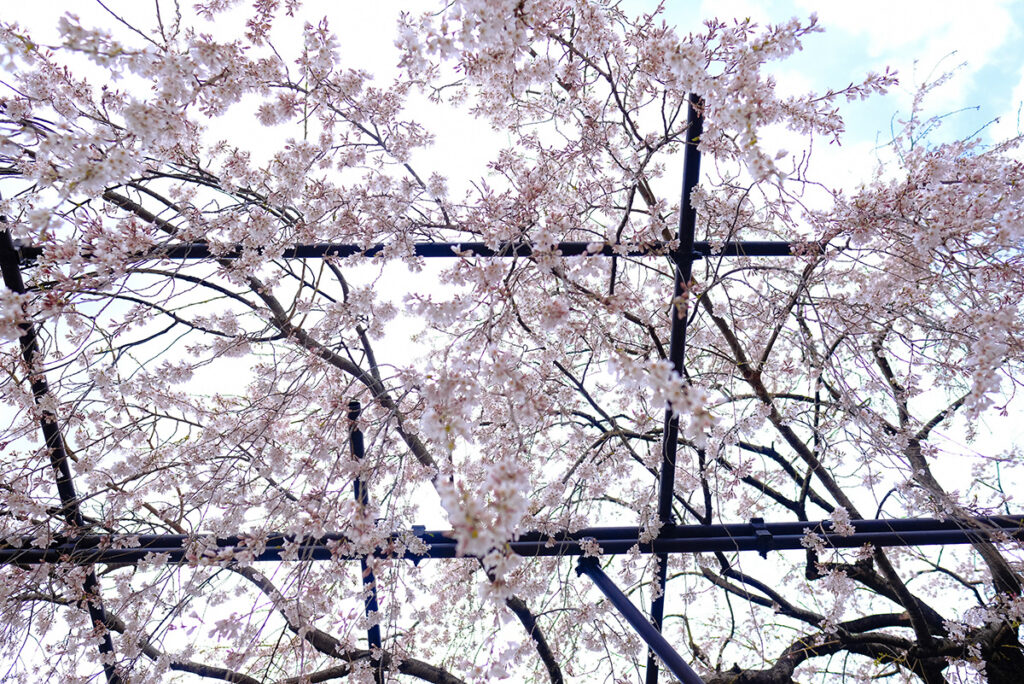
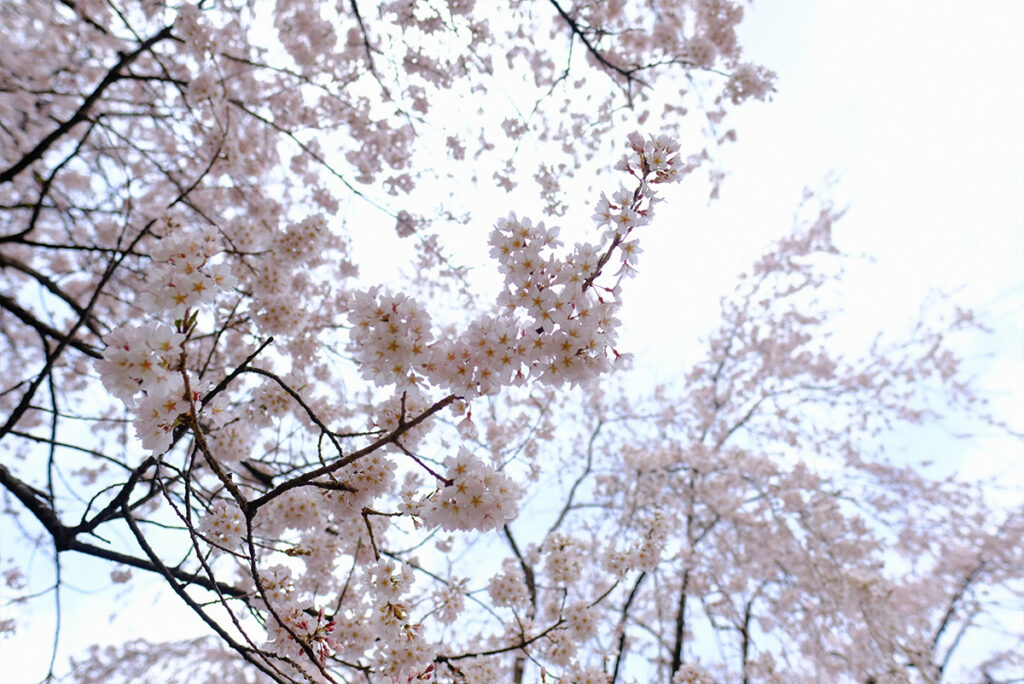
The Famed 2,000-Year-Old Cherry Tree
At the far end of the temple grounds, to the left of the main hall, the Jindaizakura spreads its branches. Standing about 10 meters tall, with a canopy that stretches roughly 12 meters around, its thick trunk, shaped by 2,000 years of history, curves downwards. Yet from there, the blossoms reach upward, creating a dynamic display that’s just breathtaking.
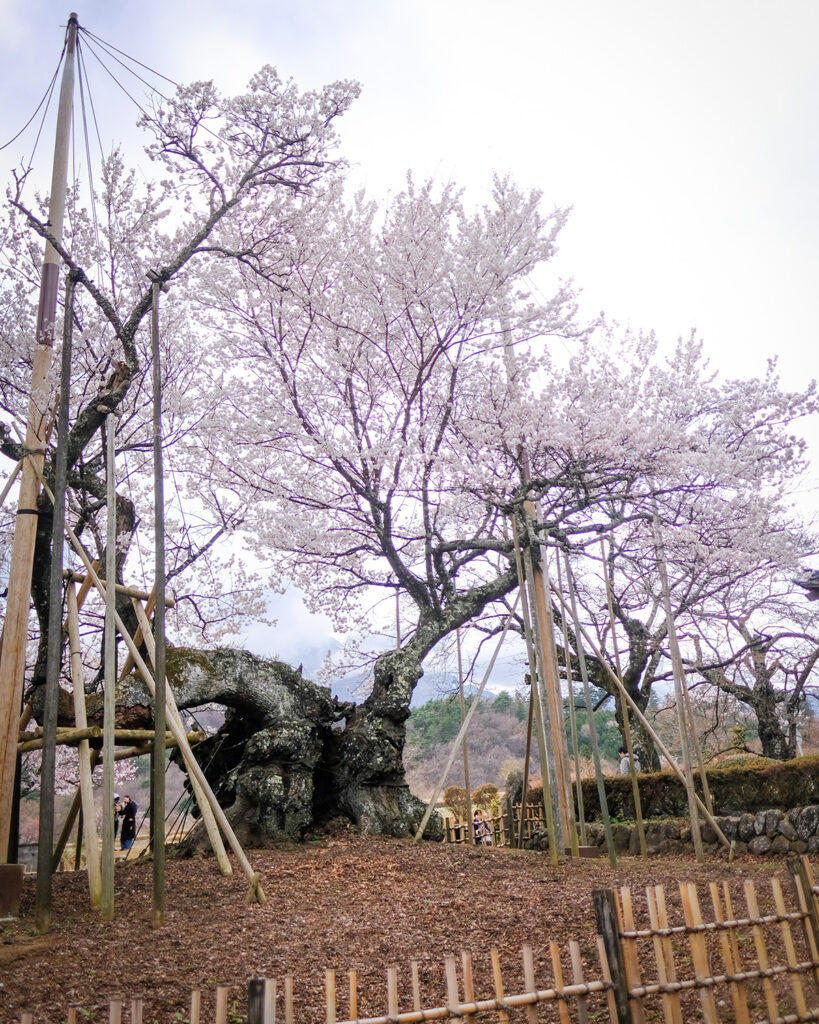
The Jindaizakura, an ancient Edohigan cherry tree, is said to have been planted by Yamato Takeru no Mikoto, a legendary figure from Japanese folklore. This hero, whose story is recounted in the ‘Kojiki,’ a foundational Japanese text, is believed to have passed on the tree’s life force. Could that connection still be felt today?
According to the official website, the Jindaizakura was designated a natural monument in 1922. At that time, it stood 13.6 meters tall, with a canopy stretching 27 meters from east to west, 30.6 meters from north to south, and a trunk circumference of 10.6 meters. Though repeated natural disasters and environmental changes have caused the tree to shrink and weaken over the years, it has been carefully preserved by the temple’s head priest and a preservation society, who have supported it with scaffolding and replaced the surrounding soil.
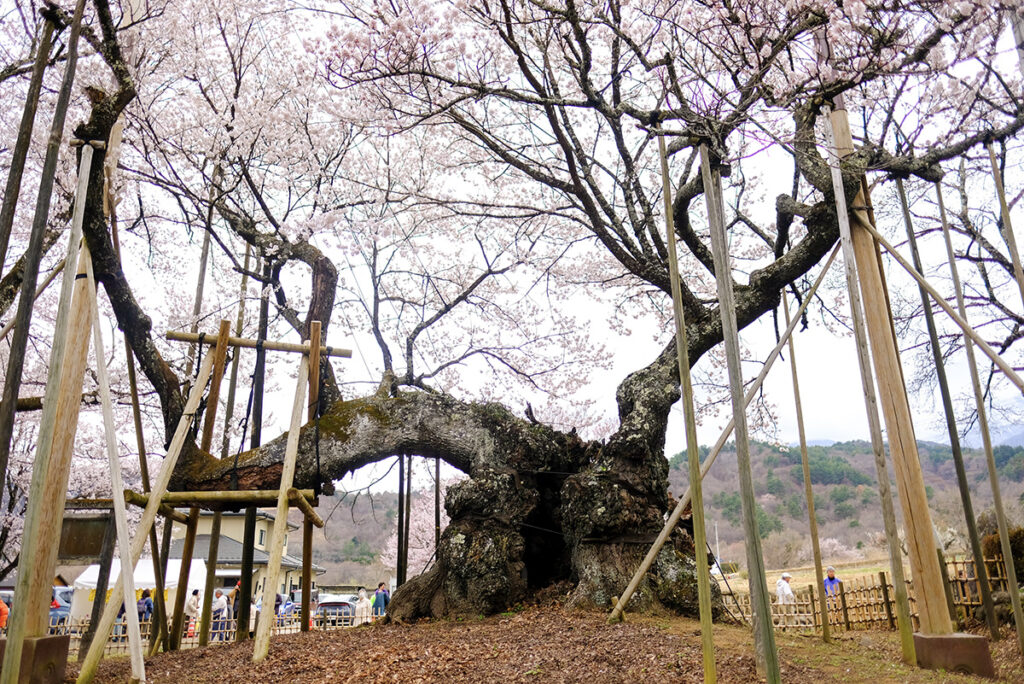
The blossoms were nearly in full bloom, their soft, pale pink color exuding an elegant beauty. Yet, it was the trunk, shaped by 2,000 years of history, that truly captured the attention. Patches of moss cover parts of it, and the gnarled, rugged lower section still hints at its former grandeur.
The tree is surrounded by a variety of supports, large and small. Far from detracting from the scene, each support tells the story of the long, quiet passage of time that the Jindaizakura has experienced.
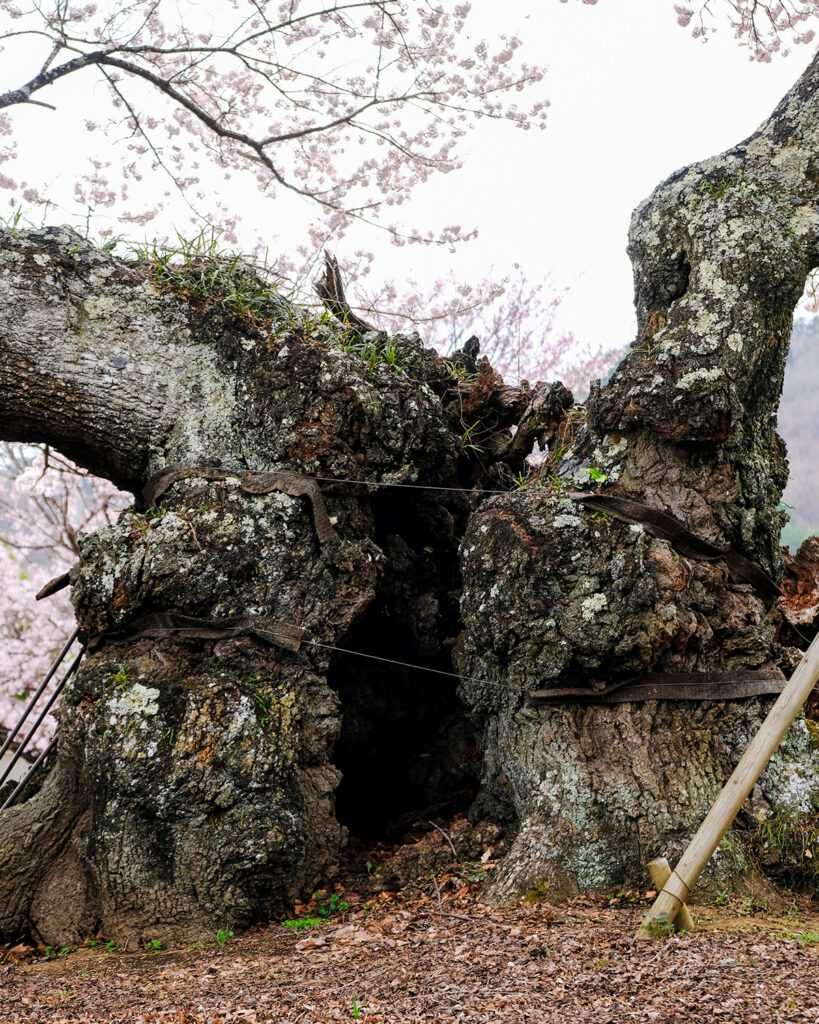
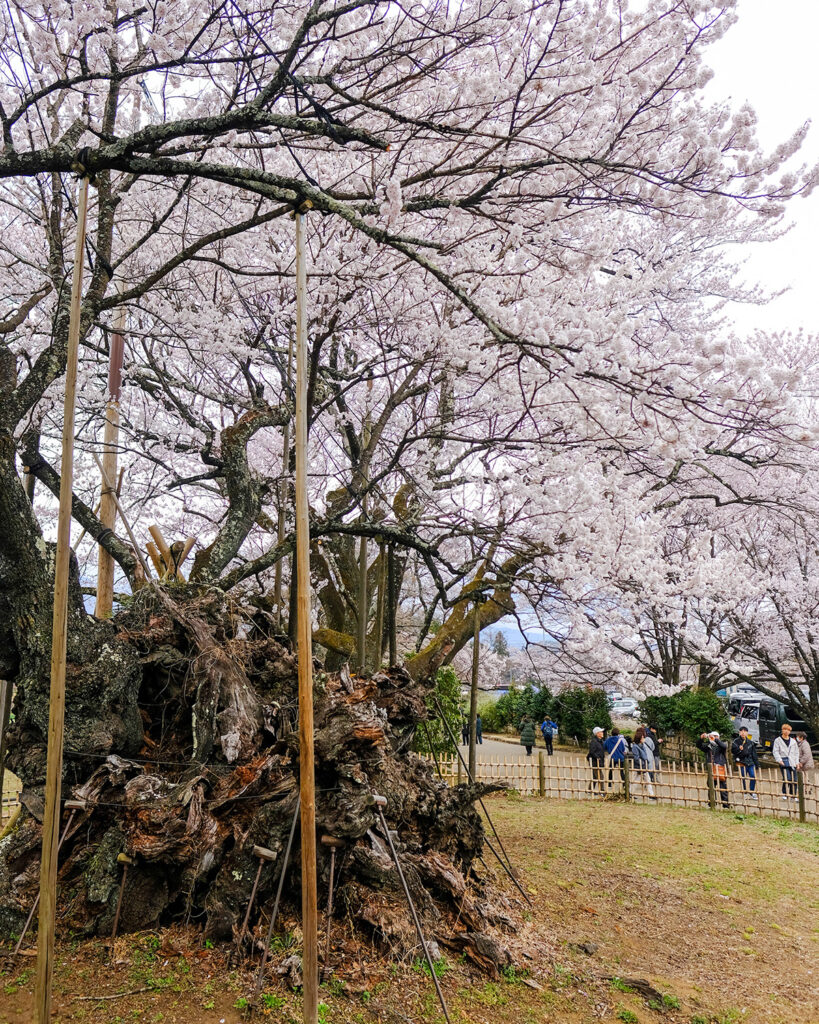
As Jissou-ji puts it, the Jindaizakura evokes both ‘life’ and ‘death.’ While the flowers may fall, the trunk has been living and breathing here for nearly two thousand years. When you consider that, the fact that it still blooms so beautifully every year feels nothing short of miraculous.
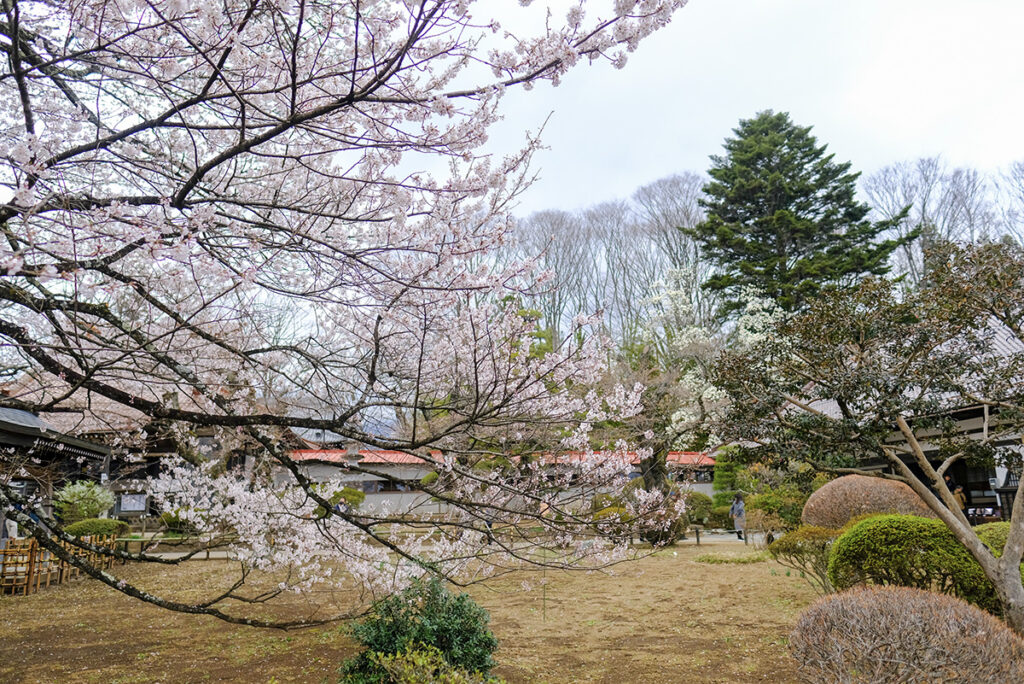
When I visited at the end of March, the other cherry trees on the temple grounds were still looking quite bare. But now, in early April, Jissou-ji and the surrounding trees are at their peak bloom. Even after the blossoms reach full bloom, you can still enjoy the sight of petals falling for a while. After that, the Jindaizakura will usher in what must be its more-than-2,000th season of fresh green leaves.
If you have some time, I implore you to visit this season, and soak up the beauty and history of this natural monument.
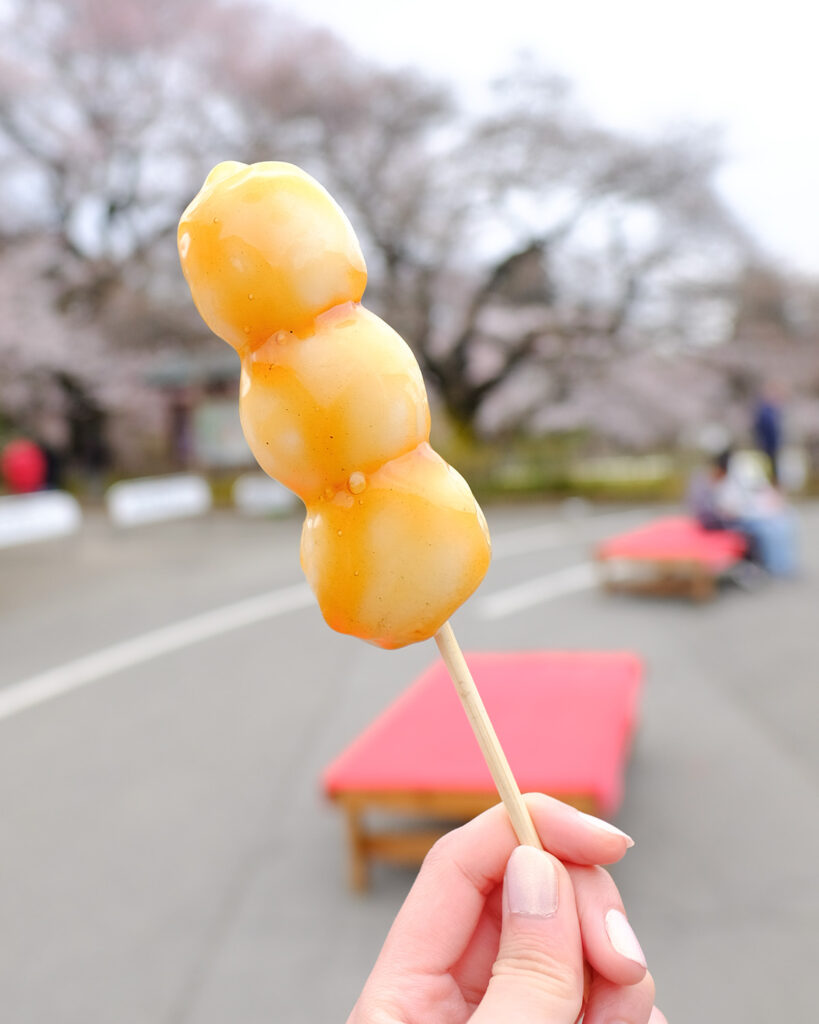
During cherry blossom season, food stalls line the area around Jissou-ji. With all the lovely treats, perhaps the snacks draw people in just as much as the blossoms.
Yamataka Jindaizakura / Nichiren Sect Otsuyama Jissou-ji
Address: 2763 Yamataka, Takemura Town, Hokuto City, Yamanashi Prefecture
Opening Hours: 8:30 AM – 5:00 PM (last admission at 4:30 PM, Goshuin available until the same time)
Admission Fee (Spring Only): General ¥500, Hokuto City Residents ¥300, Free for Junior High School Students and Below
Closed: None
Instagram: @jissouji_jindaizakura

